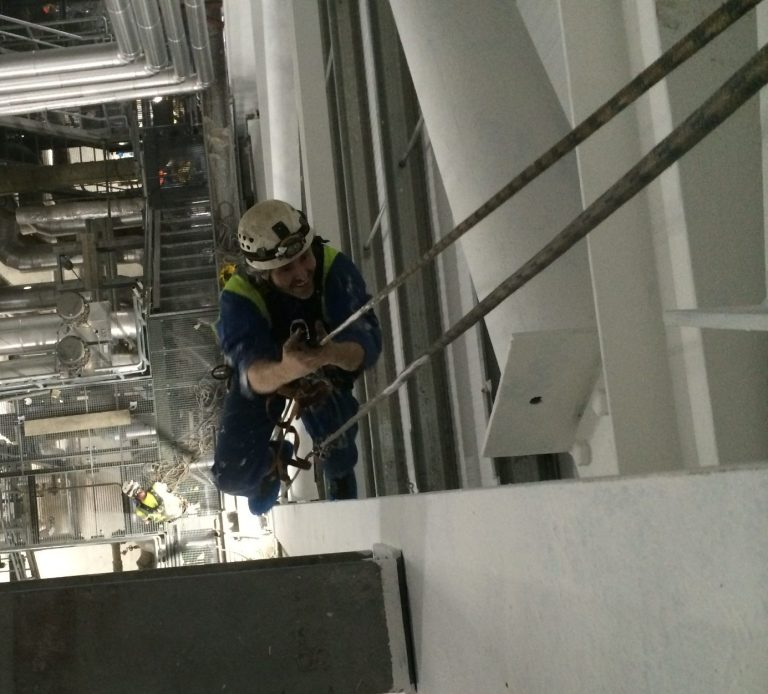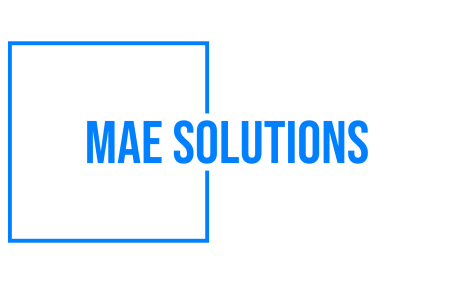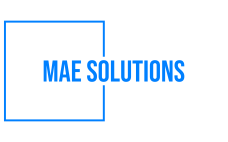What Is Rope Access
Rope access is considered one of the oldest and most refined systems used by man to carry out challenging tasks and to get to hard-to-reach places. The techniques and equipment carried out over years.
Today, the professionals use rope-access techniques from a variety of platforms including natural features, industrial plants, manufacturing facilities, oil platforms, structures, buildings, and even an aircraft.

Is Rope Access Safe?
You'd be surprised how many people in the building industry ask the question, “is rope access actually safe?” So let us make this clear straight away - rope access is very safe. Perhaps, the fact that it has been regarded as “possibly hazardous’ by the HSE deters people from working in rope access or using rope access workers. Although, this term simply means that without any precautions in place there would be a risk of serious injury or even death from falling.
As rope access contractors, there are many precautions we put in place prior to beginning rope access projects. We also realise that hanging from a rope would very much seem like a highly dangerous practice. But this is when you just take it all at face value. It might be difficult to believe but it is much safer than it looks.
In fact, rope access comes with an excellent track record for safety when compared to other means of access in the work at height industry, and that just says it all.
Regulations
As with lots most industries, particularly those in the building sector, you may accept that accidents inevitably do happen. Given the level of risk when working at height, the rope access industry is one of the most tightly controlled in the industry. There are lots of rules and regulations in place to reduce the likelihood of accidents, and these are solidified in the WAH Regulations 2005.
Any place for human error must be taken away before the work begins and, while working, lots of safety measures need to be put in place guarantee the safety of both technicians and the general public. But the legislation doesn’t just mean that all workers are trained as they should be and up to scratch on their safety requirements; it also means that employers need to take a long list of precautions and responsibilities with regards to the safety of their workforce.


Training
The International Rope Access Trade Association (IRATA) is responsible for setting out and regulating the training of all workers looking to seek qualifications in the sector. This kind of training is carried out with high safety standards taken into consideration, so those who are qualified will understand the risks and regulations associated with working at height. Trainees not only gain a thorough insight into the understanding of the current legislation, but also a working knowledge of rescue procedures and hazard perception.
There are three levels of training with IRATA. Gaining a higher standard requires a certain amount of time spent on the ropes, with hours being logged and signed off by a qualified supervisor. For example, an IRATA Level 2 qualification requires a minimum of 1000 hours and 12 months of work, so individuals with more responsibilities are assured to have more experience.
Professionalism
Given the high-risk nature of the work, industrial workers can’t afford to be anything but professional at all times. This includes:
Constant Supervision
Supervisors are ever-present on all rope access jobs, and they are responsible for keeping safety and procedures monitored at all times. They need to be fully qualified, with a good amount of experience on the ropes and good work ethic.

Team Size
Technicians don’t ever work alone, as a minimum, there must always be another worker present should their assistance be required.
Getting the Job Done
Rope access workers certainly aren’t just in the business for the impressive views at work every day. The primary concern is getting the job done to the highest standard and in the safest way possible
Equipment
Make no mistake, rope access involves much more than just a rope – the technicians aren’t swinging around unequipped by any means. For example, workers need to use two separate ropes, one of which acts as a backup system in addition to the main working line. Each rope is rigged to a different anchor point, so if one of them is compromised the other will offer you a sturdy reserve. Essentially, the safety of a rope access technician doesn’t just depend on their primary equipment: there is always a backup.
Before and after each use, all equipment must be rigorously tested and inspected by a trained professional to ensure that any defects are promptly addressed. For example, thanks in part to the strict safety culture integral to rope access work, technicians should never be put in a position where their equipment presents a hazard. It might take a bit of getting used to at first, however, usually, workers and trainees quickly learn to trust their equipment.
MAE Solutions use the Papertrail asset management system to manage, monitor and maintain our equipment providing a robust system to ensure we are in compliance with current regulations.
Management & Planning
Risk assessment always has to be considered and there are a few key things which must be included. For example, the likely duration of the work, the ease of access, the possibility of using an alternative, safer work method and so on.
A nominated person needs to be identified, this will be the individual who is responsible for managing all of the aspects of rope access work. This nominated person must have experience and the necessary training in the type of work the company plans to undertake. Similarly, designated supervisors will be required to directly oversee and direct work in progress on all of the jobs.
Planning rope access operations
A system of work needs to be drawn up, taking account of risks from rope access operations generally and job-specific risks that are present and can be foreseen. The safety system needs to specify rescue arrangements, selection of correct equipment, selection of people with the necessary level of competence and arrangements for the sake of control as well as communication.
Get a Quote
02922 360364
Here at MAE Solutions, our WAH specialists are very skilled in gaining access and working on a various amount of different types of projects and sites via rope access.
Rope access is proven to be a more cost effective, faster, safer approach compared to alternative methods such as scaffolding and mobile elevating work platforms.
©Copyright. All rights reserved. (UK) MAE Solutions.
We need your consent to load the translations
We use a third-party service to translate the website content that may collect data about your activity. Please review the details and accept the service to view the translations.

